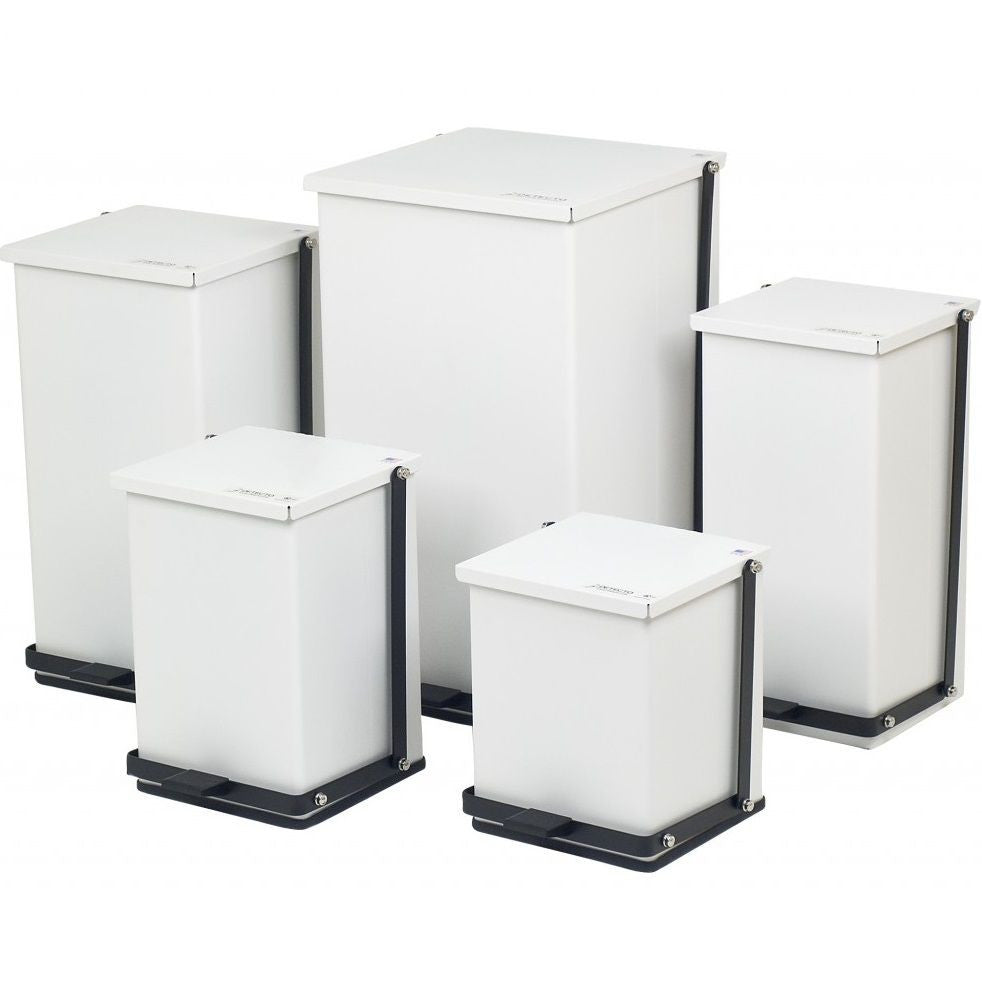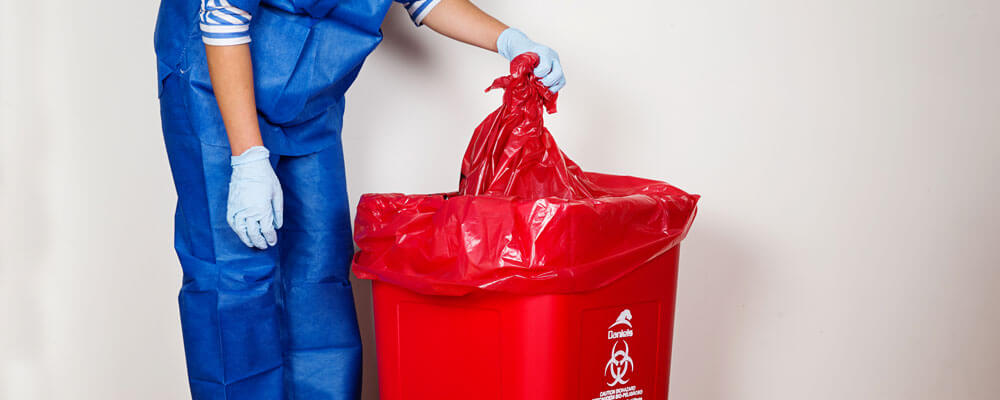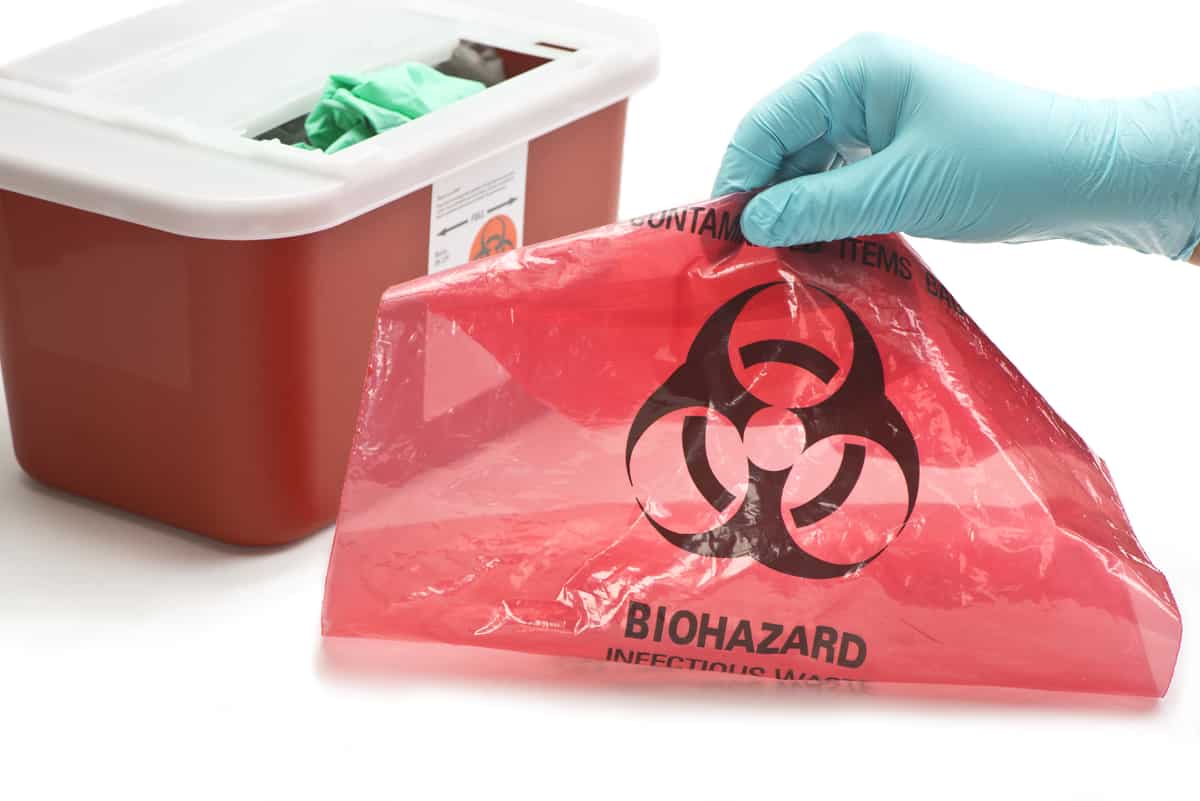Your Relied On Companion: Medical Waste Removal Services Tailored to Your Needs
Your Relied On Companion: Medical Waste Removal Services Tailored to Your Needs
Blog Article
Stay Ahead of Rules: Professional Recommendations on Medical Waste Disposal
In a globe where the medical care market is continuously evolving, it is crucial for medical centers to remain ahead of laws when it comes to the correct disposal of medical waste. From recognizing the various categories of clinical waste to executing the right collection and partition techniques, this conversation will provide workable ideas and valuable understandings to help centers stay in advance of regulations in the ever-changing landscape of clinical waste disposal.
Understanding Clinical Waste Categories
Understanding clinical waste categories is necessary for proper disposal and monitoring in healthcare facilities. Medical waste refers to any kind of waste generated by medical care activities that might pose a danger to public health or the atmosphere. It is crucial to classify clinical waste accurately to guarantee its safe handling, treatment, transportation, and disposal.
There are numerous categories of clinical waste that medical care facilities need to be acquainted with. One of the most common classifications consist of transmittable waste, pathological waste, sharps waste, pharmaceutical waste, and chemical waste. Each category has particular standards and laws for its proper management and disposal.
Contagious waste consists of products infected with blood or other bodily fluids, such as gloves, gowns, and lab societies. Pathological waste describes human cells, body organs, or body parts that require special handling and disposal. Sharps waste includes utilized needles, syringes, and other sharp items that can trigger injury and transfer infections. Drug waste consists of run out, extra, or infected medicines that require mindful handling and disposal. Last but not least, chemical waste includes solvents, disinfectants, and other chemical substances utilized in healthcare facilities.
Staying Up-To-Date With Regulatory Changes
Remaining existing with regulative modifications is vital for health care facilities to guarantee compliance and correct monitoring of medical garbage disposal. medical waste removal service. With guidelines constantly developing, it is important for healthcare centers to stay up-to-date to stay clear of charges, fines, and possible harm to the setting and public health and wellness
To stay in advance of regulative changes, medical care facilities need to develop a system for monitoring and monitoring updates. This can be done by signing up for regulatory e-newsletters, attending meetings and workshops, and proactively joining industry organizations. Additionally, centers should assign an employee or team in charge of remaining notified and sharing info to pertinent stakeholders.
Routine interaction with regulatory companies is also essential. Medical care facilities must establish connections with neighborhood, state, and federal companies to guarantee they understand any kind of changes in policies that might impact their waste administration methods. This can be done via regular conferences, engagement in public comment durations, and aggressive interaction with governing agencies.
Moreover, medical care facilities need to think about partnering with waste management firms that focus on clinical waste disposal (medical waste disposal services with WasteX). These business are usually well-versed in the most recent regulations and can supply advice and assistance to ensure compliance
Carrying Out Appropriate Collection and Partition Methods
To successfully handle clinical garbage disposal, medical care centers have to develop correct collection and segregation approaches in accordance with regulatory standards. Implementing these methods ensures the safe handling and disposal of potentially hazardous products, shields the setting, and decreases the threat of injuries and infections to medical care employees and the basic public.
Appropriate collection and segregation methods important link involve making use of marked containers and identifying systems. Health care facilities should provide plainly identified containers for different kinds of clinical waste, such as sharps, transmittable waste, pharmaceutical waste, and non-hazardous waste. These containers must be color-coded and clearly marked to stay clear of complication and promote very easy recognition.
Furthermore, healthcare centers must educate their staff on the correct treatments for collecting and setting apart clinical waste. This includes enlightening them on the various sorts of waste, the appropriate containers to make use of, and the read this article value of complying with guidelines and guidelines. Routine training sessions and correspondence course ought to be conducted to make certain that personnel participants stay up-to-date on ideal practices.
In addition, health care centers must establish a system for normal collection and disposal of medical waste. This might involve partnering with accredited waste management firms that concentrate on medical garbage disposal. These companies will make sure that the gathered waste is carried and taken care of in conformity with regulatory requirements.
Choosing the Right Disposal Approaches

Incineration is among one of the most reliable and usual approaches for getting rid of specific kinds of clinical waste, such as pathological waste and sharps. It includes the regulated burning of waste at high temperature levels, lowering it to ash. Nonetheless, incineration can launch harmful pollutants right into the air and add to air contamination.

Chemical treatment includes the usage of chemicals to counteract the waste and disinfect. Microwave treatment uses microwave energy to heat and disinfect the waste.
Making Sure Conformity With Documents and Training
After meticulously considering the appropriate disposal methods for medical waste, healthcare centers must ensure conformity with laws and decrease ecological influence by applying reliable paperwork and training procedures. This step is essential in maintaining a lasting and risk-free atmosphere for both healthcare workers and the public.

Healthcare workers who manage clinical waste must obtain ideal training on waste segregation, dealing with, and disposal procedures. By offering thorough training, medical care facilities can empower their personnel to make educated decisions and reduce the danger of improper waste disposal.
Conclusion
Finally, staying in advance of laws in clinical garbage disposal is critical for medical care centers. medical waste removal. Understanding the different groups of clinical waste, remaining updated with regulatory changes, applying correct collection and partition techniques, choosing the ideal disposal approaches, and making certain conformity with documents and training are all crucial actions. By complying with these standards, health care organizations can properly get rid of and handle of medical waste in a responsible and secure way
From understanding the various categories of clinical waste to look at more info executing the right collection and partition methods, this conversation will supply actionable pointers and important understandings to help centers stay ahead of laws in the ever-changing landscape of medical waste disposal. - medical waste disposal services with WasteX
The most usual categories include contagious waste, pathological waste, sharps waste, pharmaceutical waste, and chemical waste. Health care centers need to give plainly labeled containers for different types of medical waste, such as sharps, infectious waste, pharmaceutical waste, and non-hazardous waste. Health care facilities ought to establish a detailed system to tape and track all facets of clinical waste disposal, consisting of kinds of waste produced, amounts, and disposal techniques utilized. Health care workers who deal with medical waste should receive appropriate training on waste segregation, handling, and disposal treatments.
Report this page